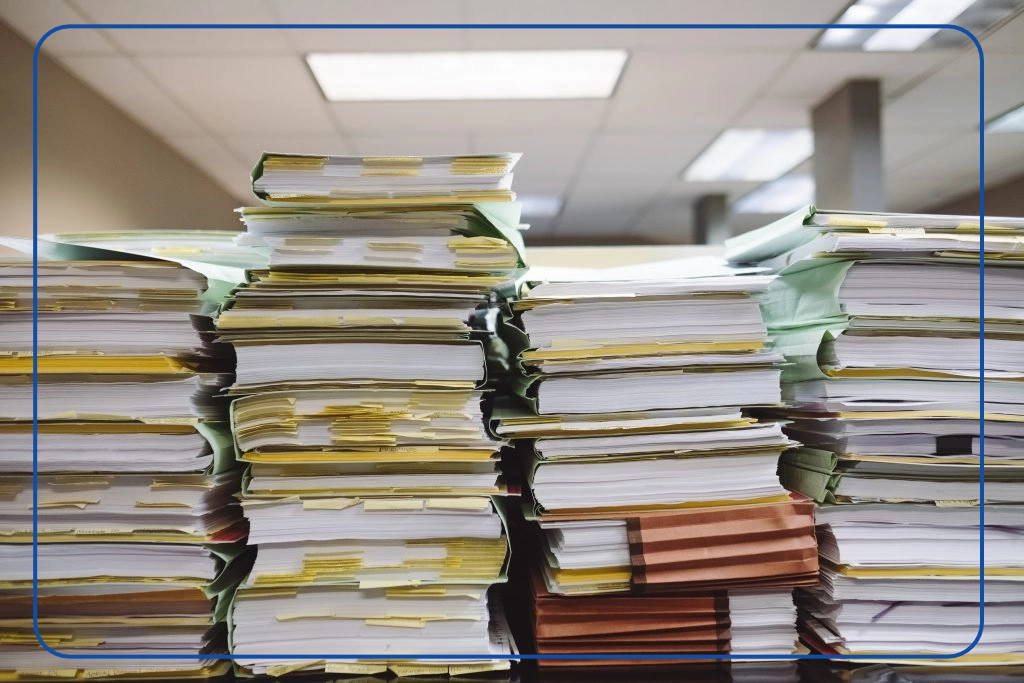On a treasure hunt: data inventory for cities and regions

Not just since Mark Zuckerberg became a billionaire based on data, we all know that data is valuable. But does that also apply to public sector data? The answer is clearly yes. Due to the tasks of municipal public services, municipalities, counties, cities and regions have extensive data treasures that are just waiting to be mined. Not so that an individual can get rich with it – but for the benefit of all citizens.
Data in slumber
All of the pilot projects in which DKSR has been involved to date have shown that there is a great deal of data potential lying dormant in the departments, offices, municipal operations and administration, but that this data is mostly unstructured and decentralized. If this data is made accessible, new insights will emerge for better planning and thus more targeted and cost-efficient investments by the public sector. This in turn means that the quality of life, sustainability and prosperity of our cities and regions can be significantly increased.
Different data formats
What data are we talking about here? Data comes in very different formats. There is real-time data from the infrastructure systems – in some cases, this is already supplemented by targeted sensor technology for measuring air quality, for example, or for controlling lighting or watering municipal green spaces. In addition, there are real data gems hidden in the individual departments, in the desks and filing cabinets of just a few employees and experts, such as historical photos that provide information about the sewer system, or our own evaluations of citizen contacts.
First smart step: Data inventory with full data sovereignty
The first step in unearthing this treasure trove of data is a data inventory. This involves identifying the available data in the individual departments of the administration, as well as the data of municipal companies and other (local) partners, and bringing it together at a central point using a uniform metadata format. It is important to note that the actual data records are not made available in the process. They remain with the data owner. The data sovereignty of the public sector remains in place at all times. Only essential information about the data – the so-called metadata, for example, about the quality, format or availability of the data – is prepared in a uniform manner and made available in a way that is visible or can be found by all authorized parties.
Rich application possibilities
This transparency is the basis for being able to relate data to each other in a targeted manner. In this way, concrete solutions can be developed to meet the needs of the city and its citizens:
- From population growth, birth rates and land use planning, forward-looking planning for daycare needs and school places is created.
- The combination of data from e-charging stations and parking sensors is used to draw conclusions about parking violations and instruct the police.
- Forecast models and behavioral impulses for saving electricity and heat are created from consumption data of municipal buildings and weather data.
There are numerous ways to make public sector data usable for the benefit of citizens. The first important step for cities & regions is the perhaps seemingly idle look into the folders – the data inventory is worthwhile!